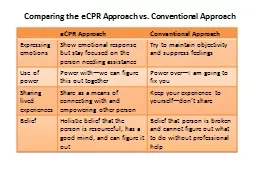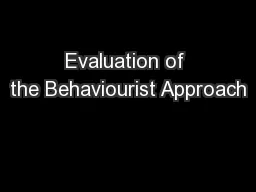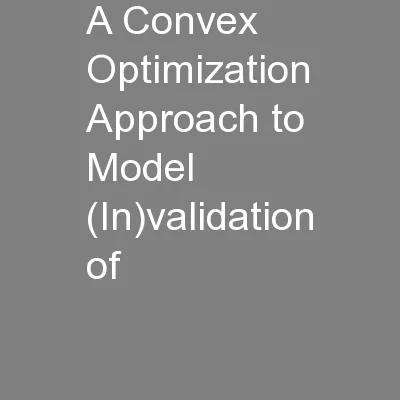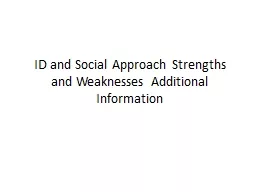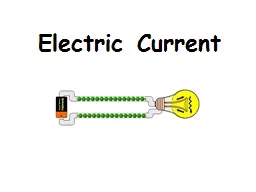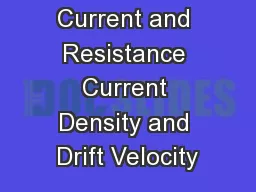PPT-Current approach IN THE
Author : articlesnote | Published Date : 2020-10-22
prevention of Muscular Skeletal Disorders ERGONOMICS Presented by NW Pieterse DEPARTMENT OF LABOUR ERGONOMICS Workshop 19 FEBRUARY 2016 INTRODUCTION INTRODUCTION
Presentation Embed Code
Download Presentation
Download Presentation The PPT/PDF document "Current approach IN THE" is the property of its rightful owner. Permission is granted to download and print the materials on this website for personal, non-commercial use only, and to display it on your personal computer provided you do not modify the materials and that you retain all copyright notices contained in the materials. By downloading content from our website, you accept the terms of this agreement.
Current approach IN THE: Transcript
Download Rules Of Document
"Current approach IN THE"The content belongs to its owner. You may download and print it for personal use, without modification, and keep all copyright notices. By downloading, you agree to these terms.
Related Documents



